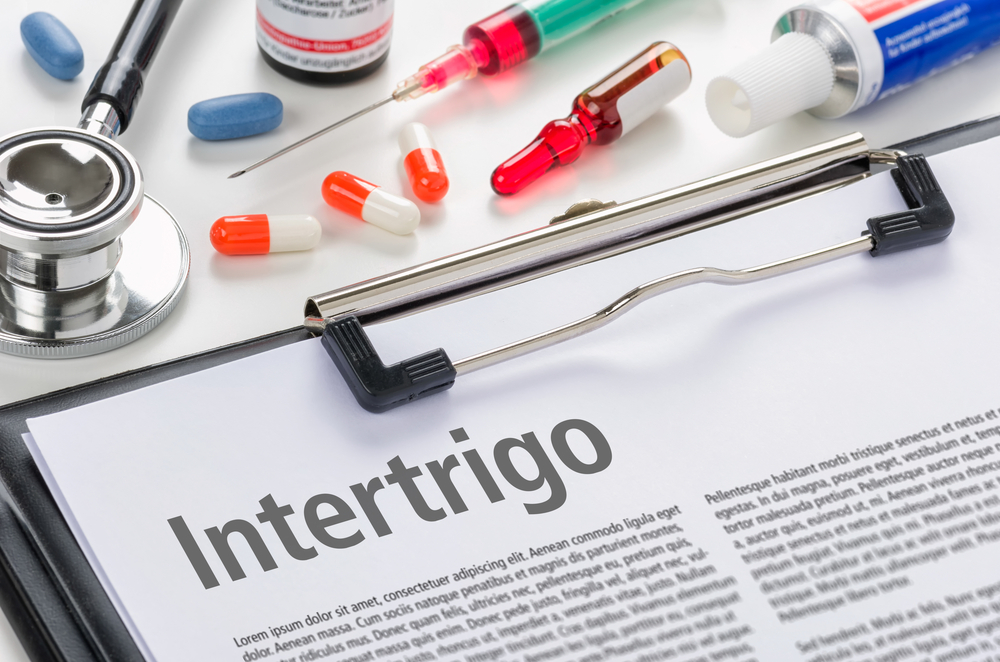DIAGNOSIS
Most doctors can diagnose Intertrigo solely based on its appearance — a red rash that affects one or intertriginous zones. If the condition is not responsive to conventional treatments, you will be advised to see a dermatologist.
Tests that may be required to identify the cause of the intertrigo are the following:
- A microscopy swab and bacterial culture swab (microbiology)
- A microscopy scraping and a fungal culture (mycology)
- For histopathology, a skin biopsy may be performed if the skin condition is rare or fails to respond to treatment.
TREATMENT
Intertrigo comes and goes. If you know you’re prone to getting intertrigo, take extra precautions. Simple intertrigo can be prevented by generously applying a lubricating ointment, such as petrolatum that can be applied directly into the intertriginous skin fold prone to irritation and friction before any physical activity.
It is also beneficial to dry out the affected area after bathing or showering properly. In overweight people with a large abdominal skin fold (panniculus), losing weight is recommended.
If the cause of intertrigo is found, the treatment will depend on the microorganisms causing the rash.
- Zinc oxide paste is useful for napkin dermatitis or incontinence-associated contact dermatitis.
- Bathing and complete drying of skin folds should be done after physical activities. A hairdryer set on the cool setting is effective in drying down the underarms and breasts.
- An antiperspirant cream or powder can minimize sweating.
- Topical antifungals such as clotrimazole and terbinafine cream, or oral antifungal agents such as itraconazole or terbinafine, can treat yeast fungi.
- Inflammatory skin diseases are mostly treated with topical steroid creams (low potency) such as hydrocortisone. High potent topical steroid creams are avoided at all costs because they can cause thinning of the skin, resulting in stretch marks (striae atrophicae) and sometimes ulcers. Calcineurin inhibitors such as tacrolimus ointment or pimecrolimus cream are also useful in treating intertrigo.


